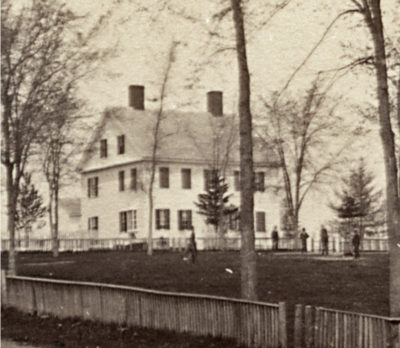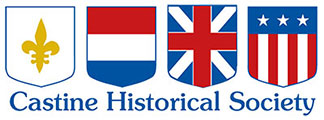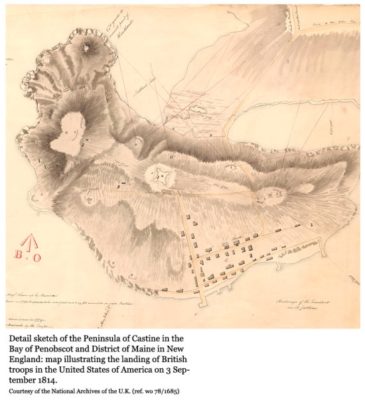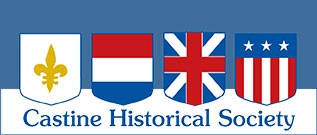Independence!
The British stayed until 1784. Up until then many Loyalists had sought the protection of the British forces here, expecting that the Penobscot River would be the boundary between the new United States and British North America. They were to be disappointed. Under the treaty negotiated between Great Britain and the United States, the boundary was set at the St. Croix River, some 200 miles north. Many Loyalists left, dismantling their homes and transporting them north, where they helped to establish the town of St. Andrews in New Brunswick. Some of those homes may be seen there today.
In 1796, the residents of the southern part of the town of Penobscot petitioned the Massachusetts legislature, seeking to establish their own separate town. The legislature and Governor Samuel Adams agreed, and thus the town of “Castine” was born. To this day, no one knows who suggested the new town’s name.
Castine had not seen the last of the British. In 1812 war again broke out, and a new fort, Fort Madison, was built as the town’s defense against another British invasion. But when the British arrived in late 1814, there was no resistance, partly because the town lacked the resources, and partly because most of Castine’s citizens opposed the War of 1812 in the first place. Relations between the citizenry and the British army were polite if not downright friendly.
 During this second occupation, the British authorities collected customs duties on imports, just as if Castine was part of Great Britain. When they left after the war’s end in 1815, they took the money with them, and it was used later as the basis for the library at Dalhousie University in Nova Scotia.
During this second occupation, the British authorities collected customs duties on imports, just as if Castine was part of Great Britain. When they left after the war’s end in 1815, they took the money with them, and it was used later as the basis for the library at Dalhousie University in Nova Scotia.


